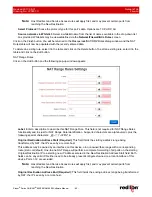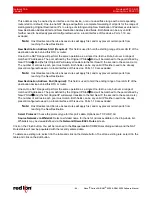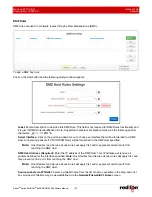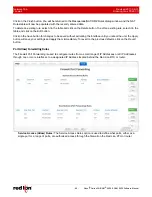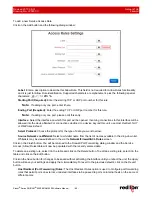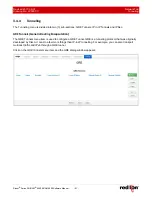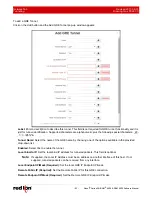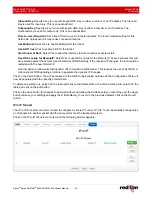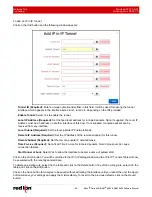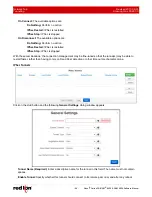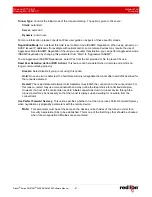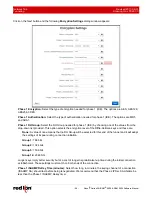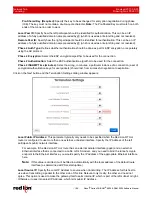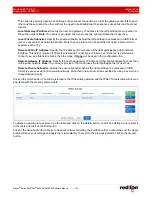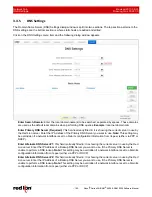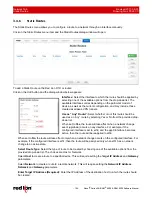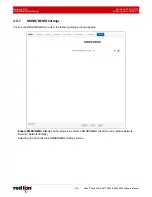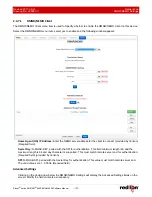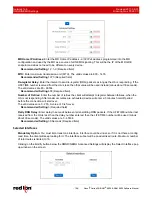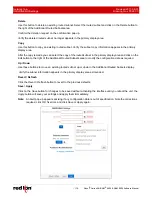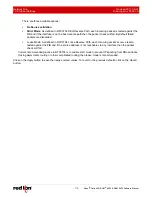
Revised 2017-08-31
Network Tab
Drawing No. LP0997-C
Tunneling
Sixnet
®
Series SN/RAM
®
6000 & RAM 9000 Software Manual
- 97 -
Tunnel Type:
Controls the initial mode of the tunnel at startup. The options given to IPsec are:
Client:
auto=start
Server:
auto=add
Dynamic:
auto=route
For more information, please consult an IPsec user guide on aspects of these specific modes.
Negotiation Mode:
As a default, this field is set to Main mode ISAKMP Negotiation. When using dynamic, or
DHCP issued IP addresses (for example with cellular cards), some remote devices may require the use of
Aggressive Mode ISAKMP Negotiation. Should you encounter this situation, you can perform aggressive mode
ISAKMP negotiation by changing this parameter from “Main” to “Aggressive ISAKMP”.
To use Aggressive ISAKMP Negotiations, select Yes from the list provided or No to prevent it’s use.
Dead Peer Detection Action (DPD Action):
This feature can help detect when a remote end-point is no
longer communicating properly.
Disable:
Select disable if you are not using this option.
Hold:
Once an error is detected, the hold state will only renegotiate the tunnel after new traffic destined for
the tunnel is detected.
Restart:
The restart state will attempt to immediately re-establish the connection to the concentrator. For
this reason, restart may use more bandwidth and may not be the ideal choice for a limited data plan.
However, if a host at the central site needs to initiate connections down to a local device through the
tunnel, restart may be necessary so that the tunnel is always up and waiting for new data from the
concentrator.
Use Perfect Forward Secrecy:
This option specifies whether or not the tunnel uses Perfect Forward Secrecy
when negotiation cryptography parameters with the remote device.
Note:
This parameter must be set the same on the devices on both sides of the tunnel in order for a
Security Association (SA) to be established. This is one of the first things that should be checked
when tunnel negotiation difficulties are encountered.



